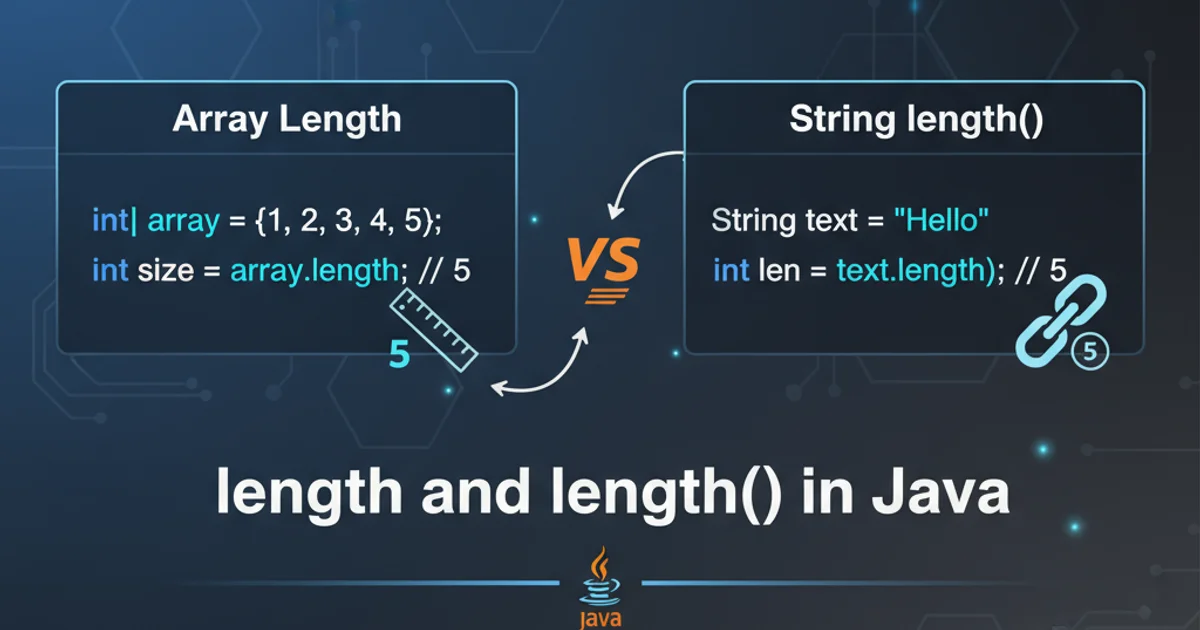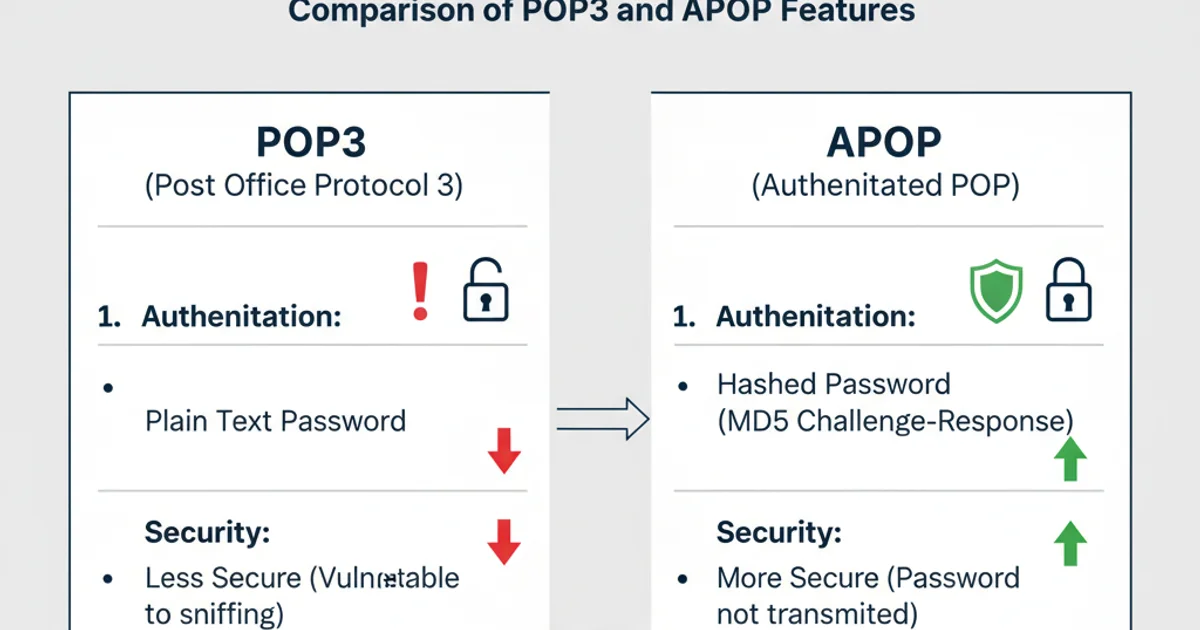Difference between APOP and POP
Categories:
APOP vs. POP3: Understanding Secure Email Retrieval

Explore the key differences between APOP and POP3, focusing on how they handle authentication and the implications for email security. Learn why APOP was an important step towards more secure email protocols.
Email retrieval protocols are fundamental to how we access our messages. Among the earliest and most widely used is the Post Office Protocol (POP). While POP3 (version 3) became the standard, a lesser-known but significant variant, APOP (Authenticated POP), emerged to address a critical security vulnerability inherent in basic POP3: the transmission of passwords in plain text. This article delves into the distinctions between POP3 and APOP, highlighting APOP's role in enhancing security for email authentication.
What is POP3?
POP3, or Post Office Protocol version 3, is an application-layer internet protocol used by email clients to retrieve email from a mail server. When you configure an email client (like Outlook, Thunderbird, or Apple Mail) to use POP3, it connects to the server, downloads all new messages to your local device, and typically deletes them from the server (though this behavior can often be configured). POP3 is a simple and efficient protocol for offline email access, but its primary drawback lies in its authentication method.
The Security Enhancement: APOP
APOP, or Authenticated Post Office Protocol, was introduced as an extension to POP3 to mitigate the plain-text password vulnerability. Instead of sending the password directly, APOP uses a challenge-response mechanism. The server sends a unique 'challenge' string to the client, which then combines this challenge with the user's password (using a one-way hash function like MD5) and sends the hashed result back to the server. The server performs the same calculation and compares the results. If they match, authentication is successful. This way, the actual password is never transmitted over the network.
sequenceDiagram
participant C as Email Client
participant S as Mail Server
C->>S: Connect (POP3)
S-->>C: +OK <timestamp.pid@host>
C->>S: APOP username <MD5(timestamp.pid@host + password)>
S-->>C: +OK User successfully logged on
C->>S: RETR 1
S-->>C: (Email Content)
C->>S: QUIT
S-->>C: +OK POP3 server signing offAPOP Authentication Flow
Key Differences Summarized
The fundamental difference between POP3 and APOP lies in their approach to user authentication. While both protocols serve the same purpose of retrieving emails, APOP significantly enhances security by preventing the exposure of plain-text passwords during the login process. However, it's important to note that APOP only secures the authentication phase; the email content itself is still transmitted unencrypted unless an additional layer like SSL/TLS (often referred to as POP3S or POP3 over SSL) is used.

Comparison of POP3 and APOP Features
Why APOP is Less Common Today
Despite its security advantages over basic POP3, APOP never achieved widespread adoption as a standalone solution. The primary reason is the rise of SSL/TLS encryption. When POP3 is run over an SSL/TLS connection (POP3S), the entire communication channel, including the initial authentication (whether plain-text password or APOP-like challenge-response), is encrypted. This provides a much stronger and more comprehensive security blanket than APOP alone, which only protects the password during authentication. Consequently, most modern email clients and servers prioritize POP3S/IMAPS for secure email retrieval.